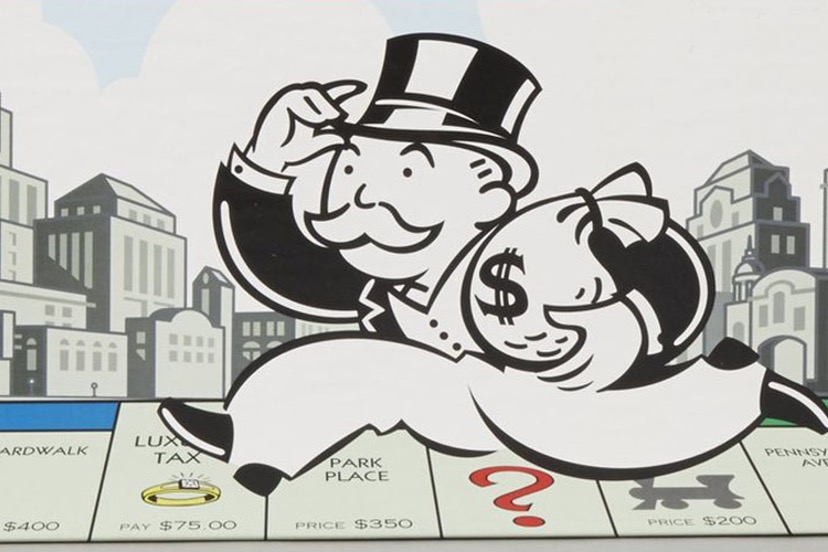We sometimes hear people use the term “Monopoly Money” to imply something is worthless… or at least, almost worthless.
Like the U.S. dollar, for example?
But maybe Monopoly money actually has real value? It’s paper money from a board game, (in a way, sort of like the U.S. dollar) but it has to be worth something, right?
Like, can we calculate some kind of ‘exchange rate’?
Back in 2013, a financial analyst named Glen Tickle figured out the exchange rate of U.S. dollars to Monopoly money. That was nine years ago, so I’ve taken it upon myself to update Mr. Tickle’s calculations. A lot has happened in those nine years. Not all of it heartwarming.
For the sake of clarity, Mr. Tickle used the designation “MM” as his accepted symbol for Monopoly Money, so he didn’t have to type “Monopoly Money” a hundred times, and so that we didn’t get confused between “MM” and “$”. It’s easy to get confused, considering the state our economy is in.
But I will be using a slightly different designation, while defining the current exchange rate.
The paper money found in a standard Monopoly set will be designated as “MM$”.
The paper money occasionally found in my wallet (and maybe, in your wallet as well) will be designated as “US$”.
Some readers may wonder why I’m bothering with this exercise. According to recent surveys, there are currently more people sitting at home playing Monopoly than are employed at American jobs. So let’s not be dismissive of important economic research, okay?
There’s nearly an infinite number of variations of the Monopoly game, but the Hasbro Corporation Customer Service website shares the following information:
Quantities and denominations found in standard editions of the Monopoly game:
30 $500.00 Bills
30 $100.00 Bills
30 $ 50.00 Bills
30 $ 20.00 Bills
30 $ 10.00 Bills
30 $ 5.00 Bills
30 $ 1.00 Bills
Total amount of money per game = $20,580.
In our analysis, we would write that as MM$20,580.
(That’s about the average take-home pay for a person in Pagosa Springs who’s working two jobs, but measured in US$.)
Amazon.com sells a complete standard set of Hasbro Monopoly money for US$11.96 plus US$5.99 shipping, for a total cost of US$19.19.
This means the exchange rate between US$ and MM$ is:
1 : 1,072
That might sound incredibly low, but there are actual countries that have real currency with worse exchange rates. According to CNN, the exchange rate between the US$ and the Indonesian currency — the Rupiah — is, as of this morning:
1 : 14,837
A Monopoly Game dollar is worth almost 15 times as much as an Indonesian Rupiah. Which may explain the popularity of Monopoly games in Indonesia.
The Monopoly Game is also popular here in the U.S.
As is the “Monopoly Game” as it’s played out in real life by multinational corporations. Right at the moment, those corporations seem to have let go of the leash, and are allowing the U.S. economy to run loose. One result has been the surprisingly high price of gas. Well, really, the surprisingly high price of everything.
That package of Hasbro Monopoly money is looking better by the day.
Underrated writer Louis Cannon grew up in the vast American West, although his ex-wife, given the slightest opportunity, will deny that he ever grew up at all. You can read more stories on his Substack account.


